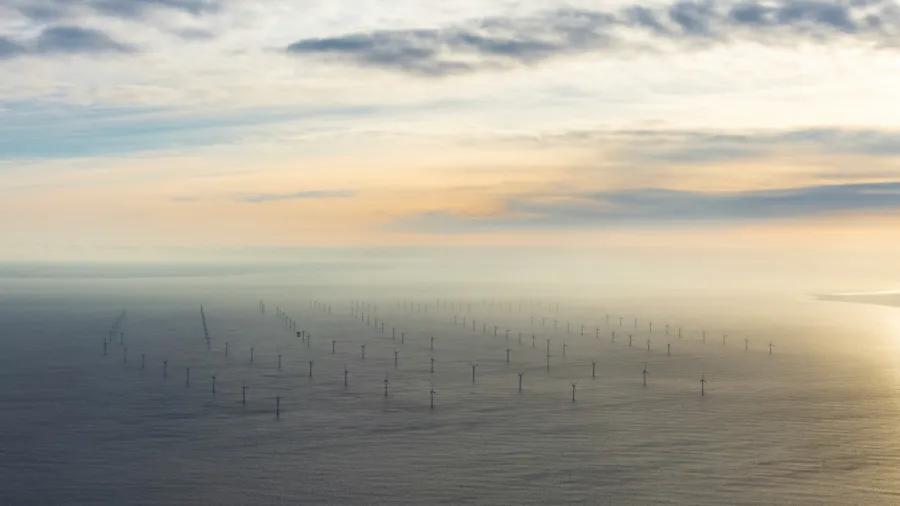
Six key actions to expedite offshore wind deployment
Collaboration of industry leaders and policymakers is vital to meet the ambitious targets.
The offshore wind power sector will play a vital role in the energy transition as it is expected to increase by 40-fold within the next 30 years to contribute to maintaining clean energy targets. ERM identified six key actions to accelerate offshore wind deployment.
The first key action is the designing of an informed and adaptable policy. An effective policy design is crucial in creating a “sustainable and long-lasting offshore wind industry,” said Michale Stephenson, Associate Director, RCG, and ERM Group company.
“Long-term certainty needs to be balanced with flexibility to allow the industry to evolve, without having to redesign policy or implement new measures at each turn,” the report read.
“Moreover, policy should be designed in collaboration with the industry, accepting that early changes may not please everyone and can be improved over time,” it added.
The Netherlands, for example, has set clear targets under the legislation and pushed through with the launch of regularly scheduled offshore wind auctions.
Second, industries should undertake comprehensive and early marine spatial planning. Ideally, governments are expected to conduct marine spatial planning process to accelerate timescale for development.
Industry players, meanwhile, should support this through appropriate diligence on greenfield sites during site selection and taking into account environmental and social factors.
Third, there should be flexible off-take options. The report stated that the industry no longer just relies on government-funded mechanisms that provide a minimum price level for power.
Investors are looking for various ways to secure routes for electricity to penetrate the market which include direct supplying to data centres, selling on the open market or converting electricity to other energy forms that can be stored or transported.
ALSO READ: Offshore wind deployment timeline insufficient to meet 2030 targets
“The ability to maintain this flexibility going forward will be crucial, to ensure the best fit can be found for the offshore wind industry in each market,” Stephenson said.
Fourth, clarity around permitting and environmental impact assessment should be maintained as this is one of the longest parts of the development process.
Whilst, there is no one-size-fits-all approach to permitting, the framework and laws around these processes should be well-defined and “ready for the scale and complexity of industrial offshore wind projects.”
Fifth, stakeholders should harness data-based design and engineering. The report said that gathering “good data” early can speed up development timelines for projects.
Leveraging best practices from more mature markets, partnering with experienced designers or educating local industries and academia on methods fro designing project will help in accelerating offshore development.
Sixth, industry players should integrate fabrication and installation. Fabricators of components should be involved at the design stage as this will help in minimising potential delays in the fabrication processes.
Fabrication processes should also be automated.
“An essential motivation to support offshore wind is the potential for investment in the local economy, particularly in manufacturing. However, overly aggressive targets relating to local supplier involvement are a good way to slow down the development of offshore wind in a market,” the report read.











 Advertise
Advertise











